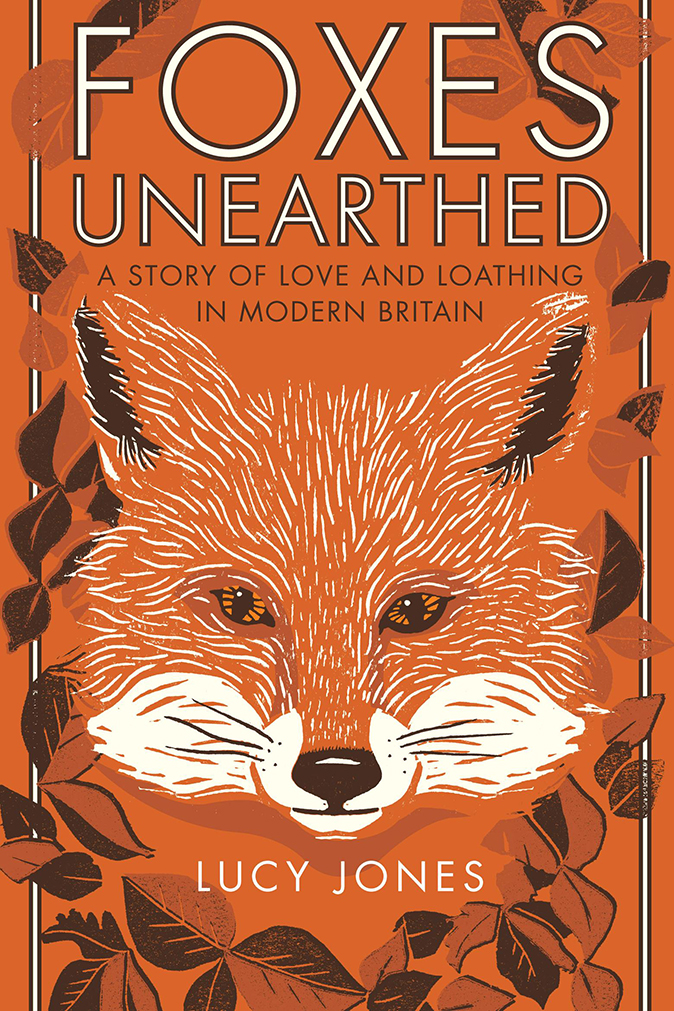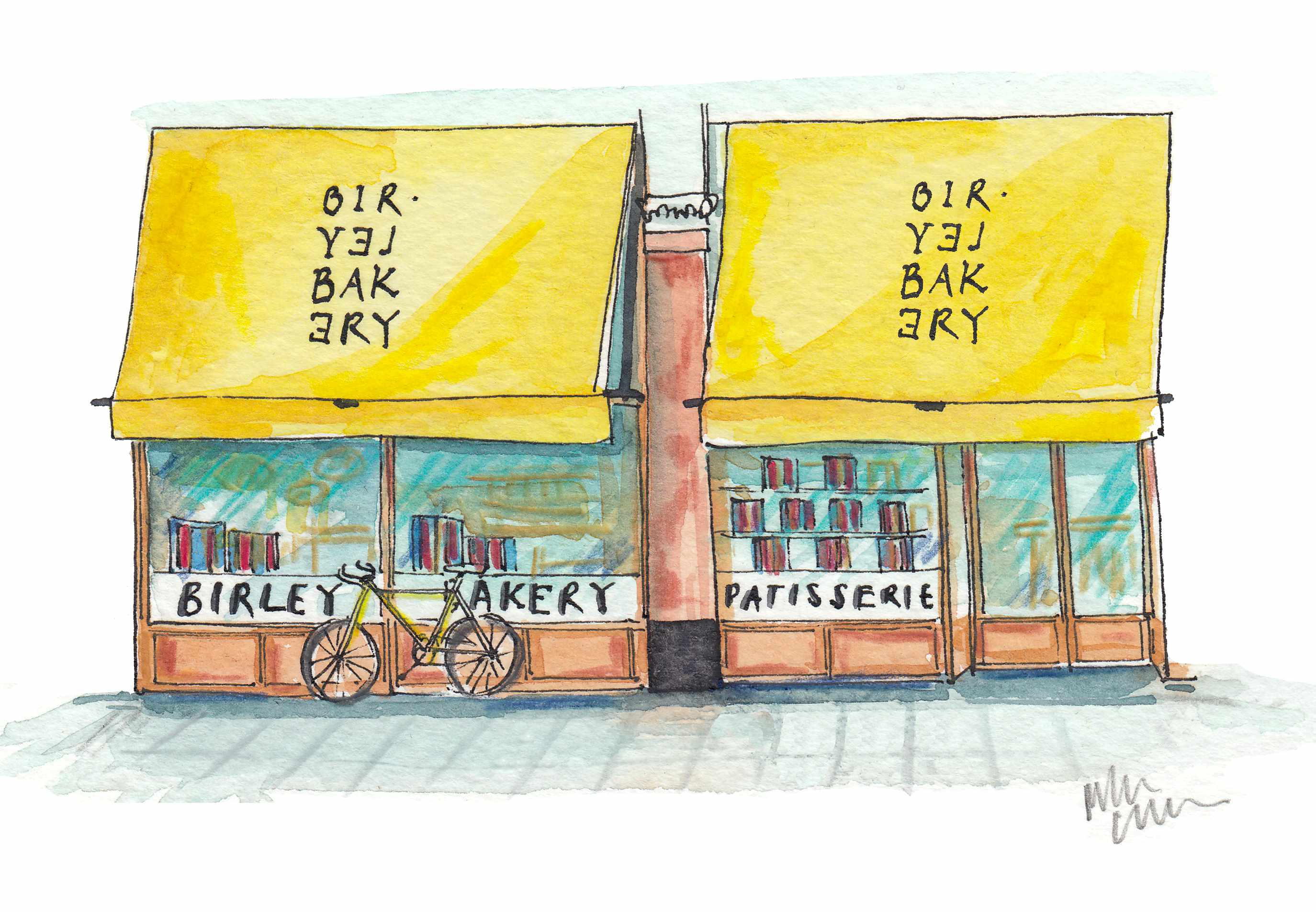Book of the week: Foxes Unearthed
Rupert Uloth delves into a well-balanced exploration of our tempestous relationship with the rust-haired Reynard.


Foxes Unearthed by Lucy Jones (Elliott & Thompson, £14.99)
No other animal has had such an impact on our folklore, literature or imagination. the fox invites differing emotions, but its versatility has made it a scavenger for the 21st century, as happy to live in the most urbanised conditions in the world as out in the wildest, remotest corners of the kingdom.
Roald Dahl’s fantastic Mr Fox is a predator to be admired, out-witting cruel farmers to feed his family. For Aesop, 2,500 years earlier, however, he is treacherous, crafty and elusive. reynard was a bestselling story cycle in the Middle Ages, the protagonist succeeding by bullying and killing. This nimble creature has left its mark in our language and is the animal most used for placenames in England. Think of Foxfields and Toddington. We have 143 pubs called the Fox and Hounds. Shakespeare paid tribute to their cunning: ‘If thou were the lion, the fox would beguile thee.’
Extraordinary fox facts are scattered through the book, including the ridiculous pastime of fox tossing in 18th-century Europe, in which ballgoers would use strips of cloth to launch the fox into the air, often with fatal results.
The book was written before Leicester City won the football Premier League this year, but the author might have added that the team’s nickname, the Foxes, is a reference to Leicestershire’s perfection as hunting country. Many of us will remember the countryside marches precipitated by the Government’s desire to ban fox-hunting. How is it that a mammal the size of a dog took up 700 hours of parliamentary time?
Lucy Jones, a former deputy editor of NME.com, travels the country to examine the range of human attitudes and how the media’s portrayal is rooted in our historical antipathy. Vulpes vulpes is as likely to eat gooseberries as rabbits, but rare attacks on babies generate hysteria. If only a vulpine PR agency could highlight that they also eat rats, then Londoners might feel better.
Miss Jones also follows a hunt, joins the saboteurs, visits people who keep foxes as pets and observes the animals where she lives in London with awe.
Sign up for the Country Life Newsletter
Exquisite houses, the beauty of Nature, and how to get the most from your life, straight to your inbox.
The subject of hunting inevitably takes up nearly a fifth of the book. the author’s grandfather loved the sport and found it a great solace after he returned from witnessing Bergen-Belsen. She quotes Roger Scruton, who shares Plato’s opinion that hunting was a noble activity.
She also speaks to Jim Barrington, the former director of the League Against Cruel Sports, who decided that it was a mistake to ban fox-hunting as it wasn’t going to benefit the welfare of the fox.
So often, the debate is polarised into for and against the fox, but, as a hunting man, I found Miss Jones’s assessment well balanced. The two Brians mentioned in the acknowledgements reflect this: Fanshawe, who campaigns for hunting, and Queen guitarist May, who does not. She understands that people can love the fox, even while hunting it.
As a handbook of the history of the fox and an assessment of its place in our lives today, this is a useful and fascinating book, whichever side you’re on.
-
 'That’s the real recipe for creating emotion': Birley Bakery's Vincent Zanardi's consuming passions
'That’s the real recipe for creating emotion': Birley Bakery's Vincent Zanardi's consuming passionsVincent Zanardi reveals the present from his grandfather that he'd never sell and his most memorable meal.
By Rosie Paterson
-
 The Business Class product that spawned a generation of knock-offs: What it’s like to fly in Qatar Airways’ Qsuite cabin
The Business Class product that spawned a generation of knock-offs: What it’s like to fly in Qatar Airways’ Qsuite cabinQatar Airways’ Qsuite cabin has been setting the standard for Business Class travel since it was introduced in 2017.
By Rosie Paterson